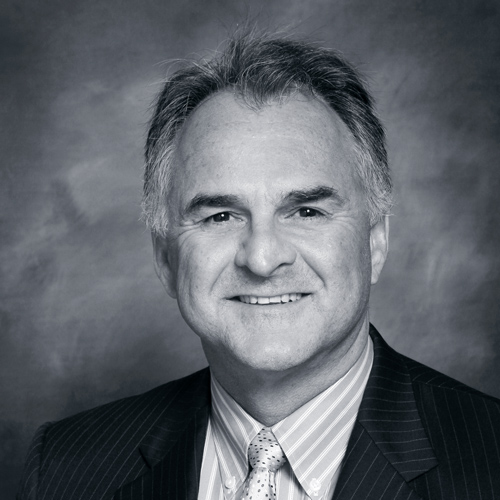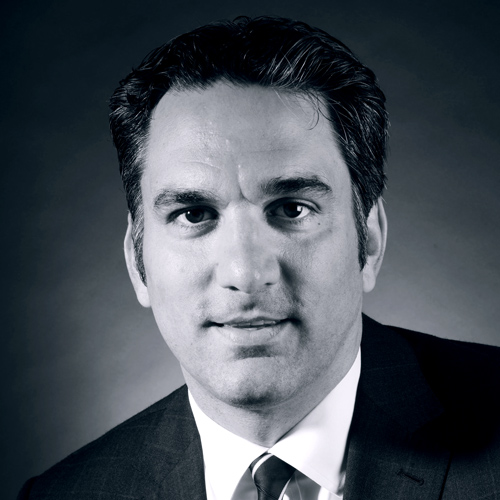The alternative fund industry manages trillions of dollars, but prior to 2010, regulators had limited visibility into it. Many believed that this industry was a haven for bad actors posing a systemic risk to global financial markets, says John Roth, GC and chief compliance officer at Venor Capital Management. The Dodd-Frank Wall Street Reform and Consumer Protection Act intended to pull back the veil.
Regulation Cheat Sheet
A breakdown of new regulation imposed on the alternative fund industry in response to the global financial crisis
Private Fund Investment Advisers registration Act of 2010 (Title IV of the Dodd-Frank Act)
Requires private fund managers to register under the Investment Advisers Act of 1940, thereby enabling the Securities and Exchange Commission to fully regulate many hedge fund and private equity fund managers.
European Alternative Investment Fund Managers Directive
Coming into force in 2011, the directive regulates the management and marketing of private funds in the European Union, and severely restricts the ability of US-based managers to do so without submitting to an extensive reporting regime.
Elimination of the so-called “private adviser exemption” from Dodd-Frank caused many private fund managers, like Venor, to become subject to the full scope of regulation by the Securities and Exchange Commission—a dramatic shift for an industry that previously flew below the radar. Firms like Venor are now required to publicly disclose a significant amount of information, as well as file extensive nonpublic reports with regulators—filings that have yet to prove their benefit to investors, says Roth. Many industry professionals complain that the pendulum has swung too far, creating an unreasonable barrier to entry, but Roth believes it will be worth it in the long run if reforms eliminate bad actors and clean up the markets in general.
Modern Counsel: What are some unique challenges that attorneys in this industry face?
John Roth: Certain regulations governing the investment advisory industry are principles-based, meaning that there are often no definitive rules to follow. Imagine a road sign stating that the speed limit is “safe speed” rather than “25 MPH.” When traveling down that road, you must make a subjective determination regarding what constitutes a safe speed, taking into account various factors such as road conditions, pedestrian traffic, visibility, etc., and police patrolling the road may not agree with you. This makes for a challenging environment in its own right, and when you layer in the rapidly changing global regulatory landscape and the fast-paced nature of Wall Street in general, the challenge becomes even greater.
MC: How do you approach compliance in that context?
JR: Compliance professionals are integral to helping firms create value for investors within the boundaries of applicable domestic and international law. We must do so by always placing the interests of our clients ahead of our own. The starting point, I believe, is to maintain a steady drumbeat of awareness throughout the firm about how compliance applies to each person’s role. At its most basic, it comes down to good communication and firm-wide buy-in.
MC: What is your strategy for earning that buy-in throughout the firm?
JR: It’s imperative to keep all employees aware of current law and new developments, and how both impact each employee on a daily basis. Because I can’t be everywhere at all times, I try to effectively deputize everyone through training to be issue-spotters so that my reach is naturally extended. I keep an open door and remain a visible part of the business. While I have to be reactionary at times, I also must be proactive and stay ahead of issues before they become problems. I consistently remind everyone that we should focus on what should be done in a given situation rather than settling on what can be done, because the two are not always the same.
MC: How do you balance all the moving parts?
JR: It’s important to never make legal decisions in isolation. I want to be part of the solution for the business, not a roadblock. Mindful that there are inherent uncertainties lurking behind many issues, I focus on understanding the firm’s business so that I can help the firm evaluate options in a holistic manner. Because it is a dynamic environment, it goes back to expanding awareness, building mutual trust, and being able to make decisions in real time.

